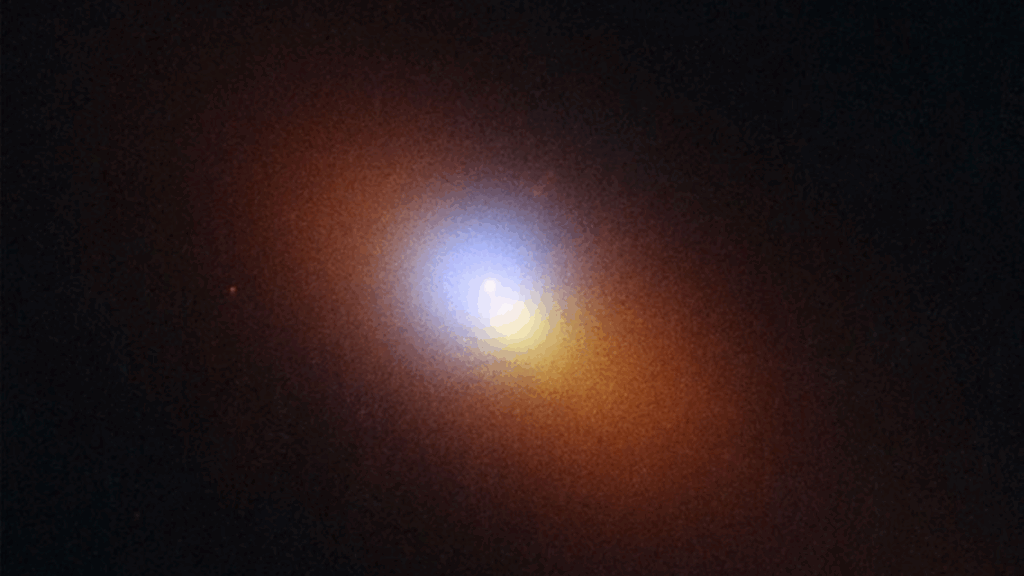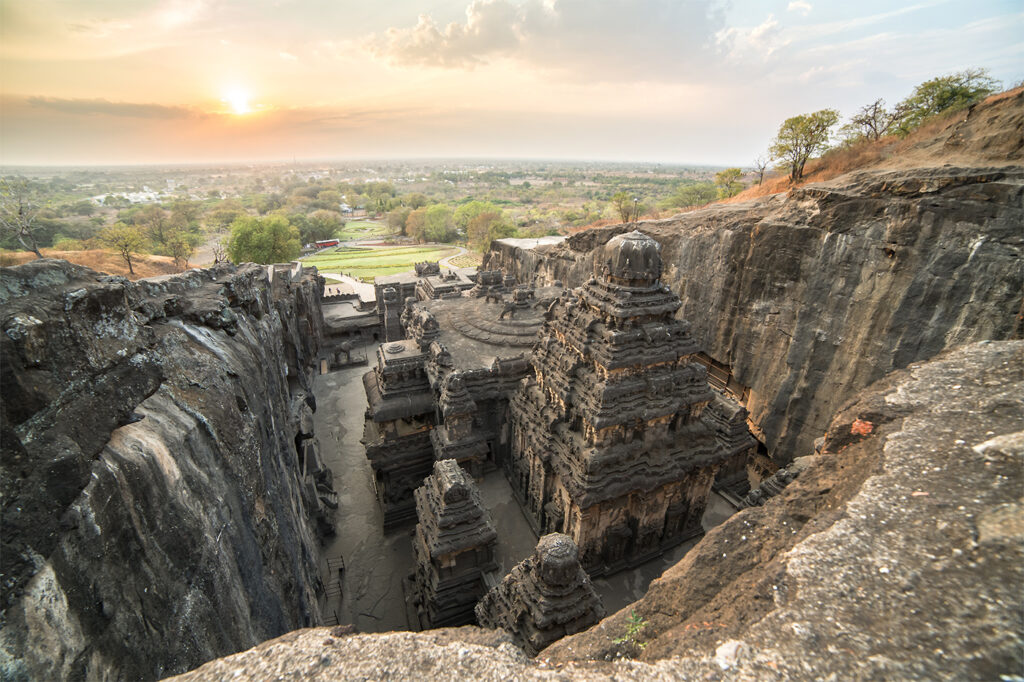
600 million light-years away, two black holes are caught in a cosmic mystery
The Hubble Space Telescope has captured what NASA has described as “Space Jaws.” A black hole gobbled up a star 600 million light years ago, and the space agency has got it on camera. The meal triggered a bright explosion, as the black hole released a burst of radiation. What surprised astronomers the most was that the supermassive black hole, which can hold a million suns, is not sitting at the centre of the galaxy. Add to that the fact that it is no match for another, more humongous black hole residing right next to it.
The wandering black hole and the tidal disruption event (TDE) were spotted through Hubble, the Chandra X-Ray Observatory and the NRAO Very Large Array telescope. The discovery will be published in an upcoming issue of The Astrophysical Journal Letters.
Also Read: 656-foot asteroid can crash into Earth in 64 years. It will visit us this year as well
Supermassive black holes are known to reside at the centre of a galaxy. Nearly 100 TDEs have been recorded in the sky till now, but this is the first time that a supermassive black hole has been seen off-centre.
“AT2024tvd is the first offset TDE captured by optical sky surveys, and it opens up the entire possibility of uncovering this elusive population of wandering black holes with future sky surveys,” lead study author Yuhan Yao of the University of California at Berkeley said.
A black hole revealed itself from 600 million light-years away when it ripped apart and swallowed a star. The resulting burst of radiation is the bright dot just off-center captured in this @NASAHubble image. https://t.co/g7mSVRZHd1 pic.twitter.com/7FnDsSmCb2
— NASA (@NASA) May 8, 2025
He thinks the latest discovery will push scientists to look for more such wayward black holes.
Supermassive black hole with mass of 100 million suns lies next to it
The surprises kept coming as the space observatory detected another supermassive black hole that followed the rules and roared at the centre of the galaxy. This monster is 100 million times the mass of the Sun. However, the two cosmic giants are eerily close to each other.
Also Read: 1,000,002,021: Scientists think THIS is the year all life will vanish from Earth
The TDE was only 2,600 light-years away from the bigger black hole. This is just one-tenth the distance between our Sun and the supermassive black hole at the centre of the Milky Way.
The bigger black hole has an active galactic nucleus. It is strange to see two supermassive black holes exist in the same galaxy, especially since they are two separate entities and not bound gravitationally. Astronomers think the smaller hole will eventually merge with the bigger black hole, but that doesn’t seem like a possibility for a long time.
Also Read: Dead star travelling at 3.2mn km/h made kinks in cosmic ‘snake’; radio signal offers clues
When a star falls into a black hole, it is stretched or “spaghettified” because of the gravitational tidal forces. As the remains of a star fall inside the black hole, energy with extremely high temperatures is released. This is how astronomers knew that what they were watching was not a supernova but a black hole eating a star.
NASA said that Hubble picked up that the flare was very hot and showed broad emission lines of hydrogen, helium, carbon, nitrogen, and silicon.
Also Read: India in danger zone as out-of-control spacecraft comes crashing down, estimate suggests
This black hole generally sleeps for tens of thousands of years, and only comes to life when it swallows a star, before falling silent again.
Why is the black hole not at the centre of the galaxy?
Scientists think this might be because of the three-body problem, where the object with the lowest mass is thrown away. “If the black hole went through a triple interaction with two other black holes in the galaxy’s core, it can still remain bound to the galaxy, orbiting around the central region,“ said Yao.
Another possibility is that the smaller black hole belongs to another galaxy that merged with this galaxy more than 1 billion years ago. If this is true, then it will ultimately travel to the centre and merge with the bigger black hole.





Responses